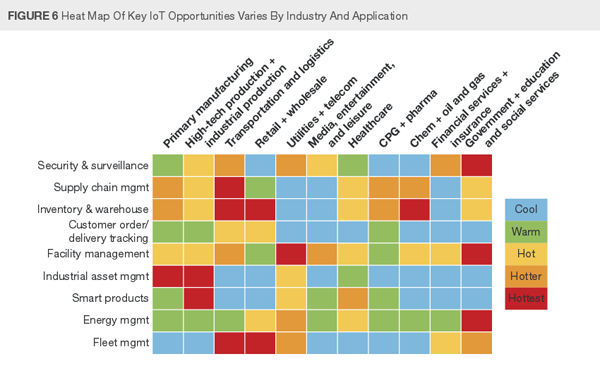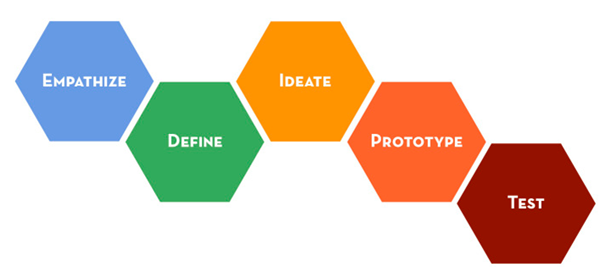How to make IoT a reality for your company
The Internet of Things is here to stay. Bain predicts that annual IoT vendor revenues could exceed $450 billion. That same survey found that about 90% of respondents remain in the planning and proof-of-concept stage and only about 20% expect to implement solutions at scale by 2020. At CES this year, apart from the theme of “Alexa everywhere”, there were many examples of existing products becoming smart and connected.
Ask 10 people for a definition of IoT and you will get a dozen different answers. My favorite definition is from openSAP combined from by Gartner, Wikipedia, and Digital Trends,:
“The Internet of Things (IoT) is the network of physical objects that contain embedded technology to sense and interact with their environment and each other to collect and exchange data to make our lives better.”
I like this definition because it shifts the spotlight from the bright shiny “things” to the benefits they provide. For businesses, these benefits can broadly be grouped into
- back-end operational efficiencies
- front-end customer experiences

Forrester The Internet Of Things Heat Map, 2016 (via Cloudera)
So how to you get started?
The answer is not to simply add connectivity to every product or service, call them “smart” and call it a day. Scott A. Nelson and Paul Metaxatos write that the Internet of Things needs design, not just technology. Instead of pushing IoT technology, focus on the pull of what customers really need and desire. Approach IoT innovation by using a creative problem solving approach like Design Thinking. This human-centered approach starts by finding opportunities by focusing on the needs of people first, and then meeting those needs through the use of the technology, when it is economically viable for the business.
This design thinking process consists of these 5 steps:

Source: Stanford d.school
EMPATHIZE: Completely understand the experience of the user for whom you are designing. This is done through observation, interaction, and immersing yourself in their experiences. This is about walking a mile in their shoes!
DEFINE: Analyze and synthesize the findings from your empathy work in order to form a user point of view that you will address with your design. This is where you clearly define the problem you are trying to solve.
IDEATE: Brainstorm and explore a wide variety of diverse solutions. During brainstorming, technology feasibility and business viability take a backseat, keeping the focus on generating a large number of diverse possible solutions. The solutions are then prioritized based on impact to the user, technology feasibility and business viability.
PROTOTYPE: Bring prioritized ideas to life rapidly, so people, including users, the design team and other stakeholders can interact with them and not only learn from these interactions but also develop more empathy.
TEST: Get feedback on your solutions, refine the prototypes, learn more about the user, and refine your original point of view. It’s not uncommon to go back to the drawing board.
If this process sounds familiar to designers, it is because it draws on methods and tools we have used for years in User Centered Design methodology. This people first approach can be particularly useful for coming up with desirable IoT products or services that people actually want to buy.
This is how IoT can become a reality for your business. A recent survey of 3,100 business and technology professionals from 20 countries by Hewlett Packard showed that 78% felt that IoT has impacted the customer experience. At the heart of it, the Internet of Things is not about the “things”, but about the people using those things and the impact on their lives.
Further Reading
Stanford dschool Bootcamp Bootleg

Leave a Comment